expiredaepro | Staff posted Oct 11, 2024 07:23 PM
Item 1 of 6
Item 1 of 6
expiredaepro | Staff posted Oct 11, 2024 07:23 PM
Amazon Basics 4-Bay Battery Charger + 4 AA 2000mAh Rechargeable NiMH Batteries
$11
$17
35% offAmazon
Visit AmazonGood Deal
Bad Deal
Save
Share
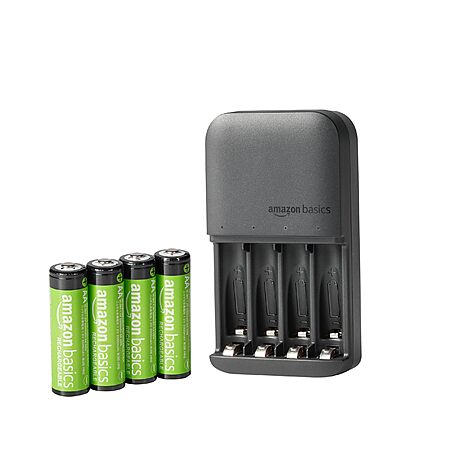
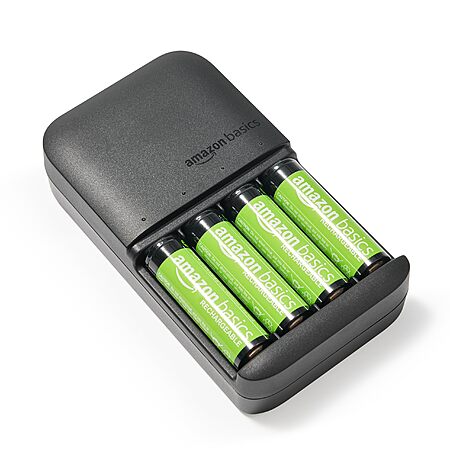
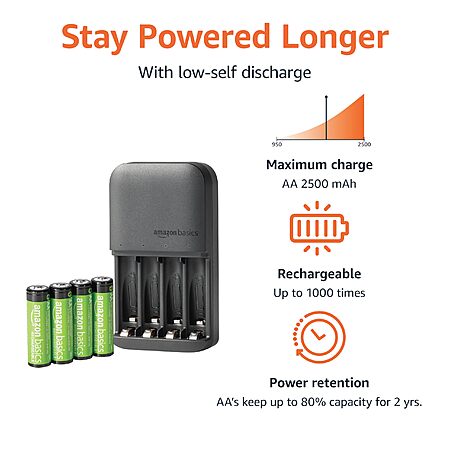
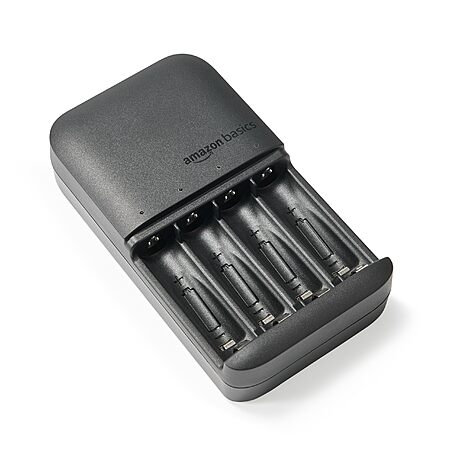
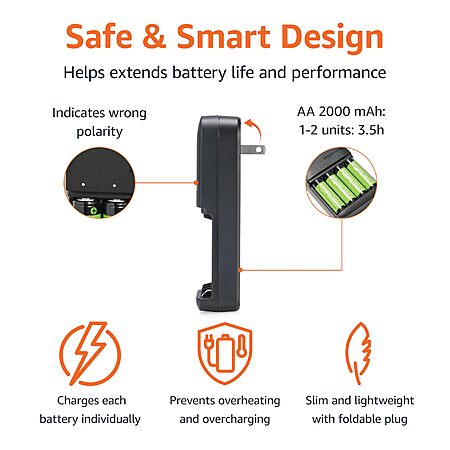
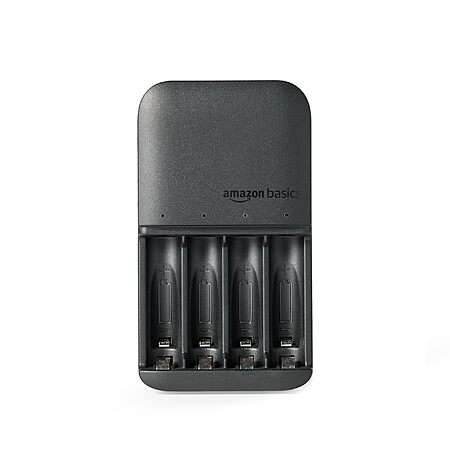


Leave a Comment
Top Comments
With most people using batteries in pairs, the limitations of a 2-channel charger shouldn't be significant. However, note that you don't have to pay a million dollars more for a comparable 4-channel model (where each battery is recharged independently).
In fact, IKEA has their model [ikea.com] widely available for $7.
Alternately, Costco has often sold a four-channel charger in starter kits (so with batteries) for under $20.
Good luck!
Jon
The biggest problem is that rechargeable AA batteries have a nominal voltage of 1.2v as opposed to 1.5v of a typical battery. For some devices this works fine, but I have simply run into too many instances were they don't work, or only work for a very short period of time. Some devices, for example, require six AAs. That would normally be 9v, but with 6 rechargeables it's only delivering 7.2v - the device powers on for a split second and shuts off again.
They also seem to lose quite a bit of charge when sitting idle.
I'm going back to waiting for the $0.25 per battery deals on normal AAs. Way less headache, they're actually full when you grab a new one, and I also don't have to worry about losing them.
I'm sure for other people it's different, but for me they're just not worth using.
31 Comments
Sign up for a Slickdeals account to remove this ad.
For NiMHs if you haven't seen it, I consider the gold standard of cycle testing is aacycler.com, though it tends to be perhaps too stressful. It's what makes me skeptical that Ikea LADDAs are basically Eneloops. And you can see a very large variance for even modern LSD batteries in your 2000-2100 mAh sweet spot range.
I never claimed there wasn't a large variance among batteries in my sweet spot range. I was stating that that extra bit of capacity generally comes at significant cost to cycle life. The results on that site illustrate that well. Just look at the Panasonic Eneloop line:
Eneloop Pro - 2600mAh - 136 cycles
Eneloop - 2000mAh - 371 cycles
Eneloop Lite - 1000mAh - 1327 cycles
Compared to the standard Eneloop, the pro has 30% more capacity but only 37% as many cycles. The Eneloop Lite has half the capacity but 358% the cycle life. I think that's a pretty big difference.
I agree with your skepticism about rebranded Eneloops (like the Ikea LADDA), and I even have a little evidence to back it up. I think they may very well come off the same line as real Eneloops, but I suspect at least some are lower binned and did not meet the standards to be sold under the Eneloop label.
The real Eneloops I've tested have been the pinnacle of consistency. They all hit their rated (typical) capacity almost dead on. They also come with an almost identical charge level. Most other brands don't come close to this level of consistency. While I haven't been able to get my hands on any Ikea LADDAs, I have tested the Fujitsu blacks and the Watson MX and CX. All three have cells that appear to have identical construction to Eneloops. The Fujitsus performed relatively close to real Eneloops but the Watson MX/CX did not.
The Watson CX (same as the regular Eneloops) tested a hair below their rated capacity, but not enough to be noteworthy. What was significant was their variance in charge level. Out of four, only two came at a similar level. One was actually fully discharged (0.9V). Out of the dozens of batteries I've tested, it was the only one to arrive fully discharged.
The Watson MX (rated 2550mAh, similar to prior-generation Eneloop Pros) all came charged, but at different levels. Interestingly, despite having the rating of the earlier generation Eneloop Pros (2550mAh), they slightly exceeded the capacity of current generation Eneloop Pros (2600mAh). I suspect they are the current generation, just never having their labeling updated.
These results lead me to believe it's likely the rebranded Eneloops are often cells found to be out of spec. The substantial variance in charge level makes me worry about their overall longevity, as well as their self-discharge rate. This is why I caution people not to fall into the trap of believing that buying these rebranded cells results in them getting batteries that will perform identically to genuine Eneloops. Of course, that doesn't necessarily mean these are bad batteries either.
On the plus side, all the Eneloop-ish batteries exhibited a good voltage profile. Despite being the same chemistry (NiMH), there were slight but detectable differences in resting and loaded voltages. I'm unsure as to whether it would be enough to make a difference in finicky devices. The Eneloop-ish batteries maintained the highest voltage under load. Under no load, the Energizer 2000mAh slightly beat them out. Perplexingly, the Energizer 2000mAh did very well in most tests, while the Energizer 2300mAh did very poorly.
As for lithium-ion, I'm not a fan of the AA and AAA ones. They're mostly made by less reputable companies, require proprietary chargers, and have a host of other issues. While their 1.5V output can make them compatible with devices that won't tolerate NiMH, their regulation circuitry can cause issues with others. I've been generally dissatisfied with the ones I've used. I only recommend them for some devices that won't work with NiMH.
Leave a Comment